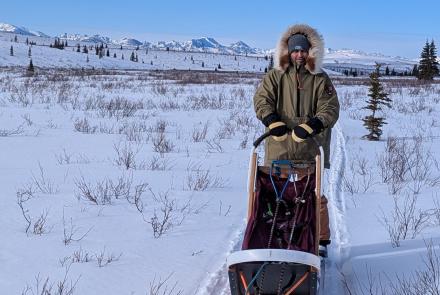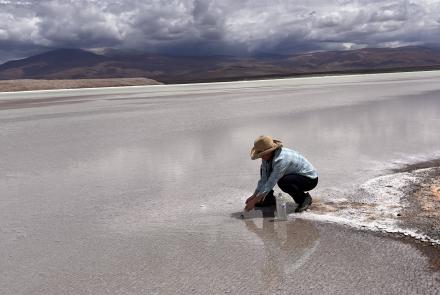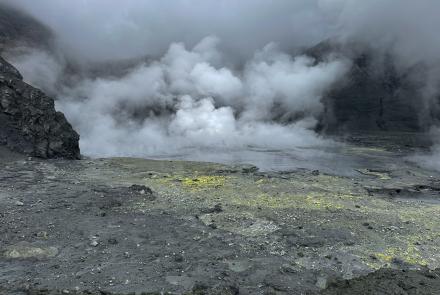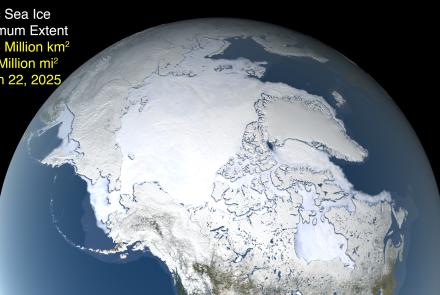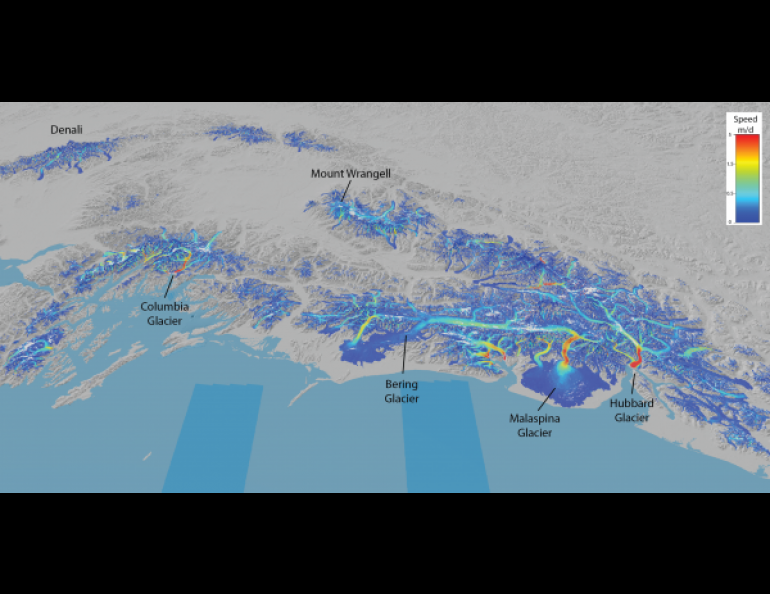
Satellite provides global view of the speed of ice
Glaciers and ice sheets move in unique and sometimes surprising patterns, as evidenced by a new capability that uses satellite images to map the speed of flowing ice in Greenland, Antarctica and mountain ranges around the world.
With imagery and data from Landsat 8, a joint mission of NASA and the U.S. Geological Survey, scientists are providing a near-real-time view of every large glacier and ice sheet on Earth. The NASA-funded Global Land Ice Velocity Extraction project, called GoLIVE, is a collaboration between scientists from the University of Colorado, the University of Alaska Fairbanks and NASA’s Jet Propulsion Laboratory. It aims to better understand how ice flow is changing worldwide — and its impact on sea level.
“We are now able to map how the skin of ice is moving,” said Ted Scambos, senior research scientist at the National Snow and Ice Data Center at the University of Colorado Boulder, and the Colorado lead for the GoLIVE project. He and his colleagues are releasing new results from the project at the American Geophysical Union’s fall meeting in San Francisco this week. “From now on, we’re going to be able to track all of the different types of changes in glaciers — there’s so much science to extract from the data.”
With a near-real-time view of how glaciers and ice sheets are moving, researchers can integrate information about atmosphere and ocean conditions to determine what causes these ice sheets to change — and what that means for how much ice is flowing into the ocean. That could help provide critical information to coastal communities that will be most impacted by rising oceans.
“We can use the method to identify which areas to keep an eye on, or which events might lead to a rapid change,” Scambos said.
To map the ice, the GoLIVE team has written software that is able to follow the surface’s subtle features, like bumps or a dune-like pattern, as they flow toward the ocean. The Landsat 8 satellite collects images of Earth’s entire surface every 16 days. By comparing images taken from the same location, but at different times, the researchers use their software to track the features and determine the speed.
Several new capabilities of Landsat 8 enable researchers to generate these global maps. The satellite can take 700 images a day — far more than its predecessors — which means it captures nearly every scene over land, every day, in all the sunlit parts of its orbit. Previous Landsat satellites often did not have the capacity to collect frequent data over remote sites like Antarctica. The imaging system on Landsat 8 is also far more sensitive than past Landsat sensors, allowing it to distinguish far more subtle differences in shading and surface texture. This, plus faster and more precise software, has revolutionized the extent to which ice flow speed can be mapped. These features will be continued in the Landsat 9 satellite, scheduled for launch in 2020.
In Alaska, for example, researchers can observe surging glaciers in almost real time, said scientist Mark Fahnestock of the University of Alaska Fairbanks. Often glaciers in Alaska and the Yukon are so remote that speedup events can go unnoticed for months, until a pilot flying over the region reports disrupted ice, he said.
“By measuring ice flow all the time, we can identify a surge as it starts, providing an entirely new way to follow this phenomenon,” he said. “We can also follow large seasonal swings in tidewater glaciers, as they respond to their environment.”
“Scientists need to see all of this variability in order to identify trends that we need to worry about,” Fahnestock said. The speed of the glacier, combined with other information such as elevation change from NASA’s Operation IceBridge (http://www.nasa.gov/icebridge) campaign and other sources, provide researchers in Alaska with a better sense of the entire picture of changing ice.
Scientists are working with the new Landsat data to better understand how different environmental changes in the atmosphere and ocean impact flowing ice, said Alex Gardner, a research scientist at NASA’s Jet Propulsion Laboratory in Pasadena, California. The Landsat 8 images, combined with earlier Landsat satellites reaching back to the 1980s, give researchers decades’ worth of imagery to investigate these links.
“It’s incredible how these seemingly unchanging glacier systems come alive when we look at their changes through time — they’re much more dynamic than you’d think,” Gardner said.
ON THE WEB: www.nasa.gov/landsat, https://landsat.usgs.gov/
DOWNLOAD IMAGES: Use these links to obtain oblique and map views of Southcentral Alaska’s glaciers.
NOTE TO EDITORS: An archive of a press briefing with Fahnestock and other collaborators will be available at the AGU 2016 YouTube channel, https://www.youtube.com/user/AGUvideos/videos.
Sue Mitchell, University of Alaska Fairbanks Geophysical Institute, 907-474-5823, sue.mitchell@alaska.edu
Mark Fahnestock, University of Alaska Fairbanks Geophysical Institute, 907-687-6371 (cell), fahnestock@alaska.edu
Kate Ramsayer, NASA’s Goddard Space Flight Center, 301-286-1742, kate.d.ramsayer@nasa.gov.



